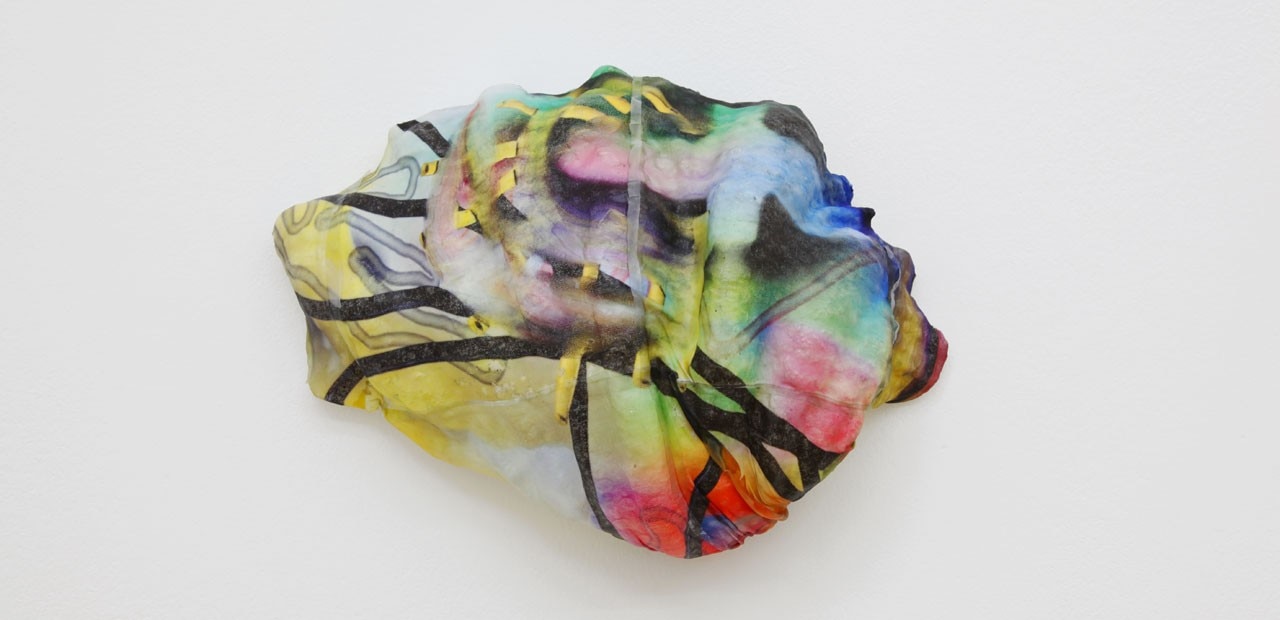Just as modernism concerned itself with the relationship between craft and the emergent technologies of its era, the most pressing condition underlying contemporary culture may be the omnipresence of the internet.
Though the terminology with which we describe these phenomena has yet to be widely adopted, this exhibition presents a broad survey of art created with a consciousness of the technological and human networks within which it exists, from conception and production to dissemination and reception. This work, primarily produced by artists living in New York, London, and Berlin, has been controversially defined as “post-internet.”
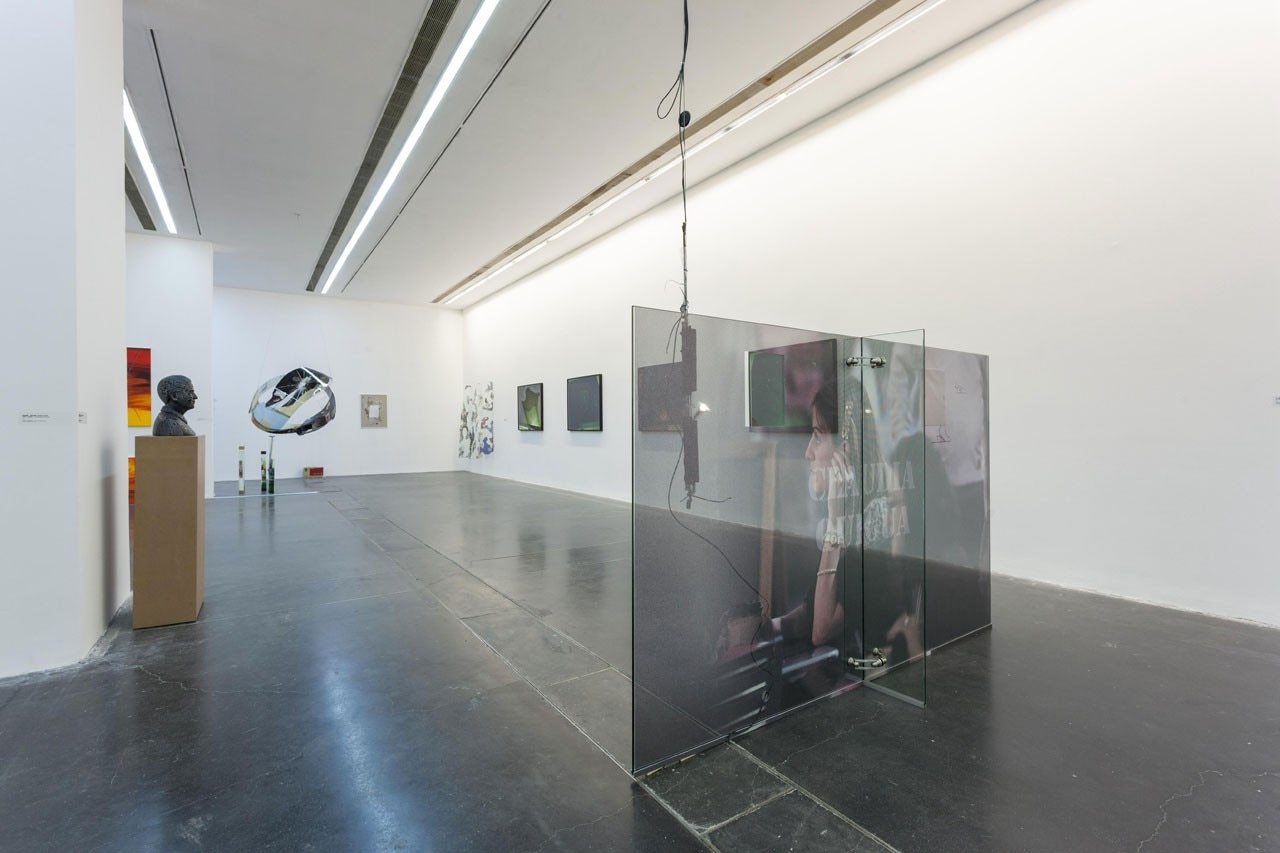
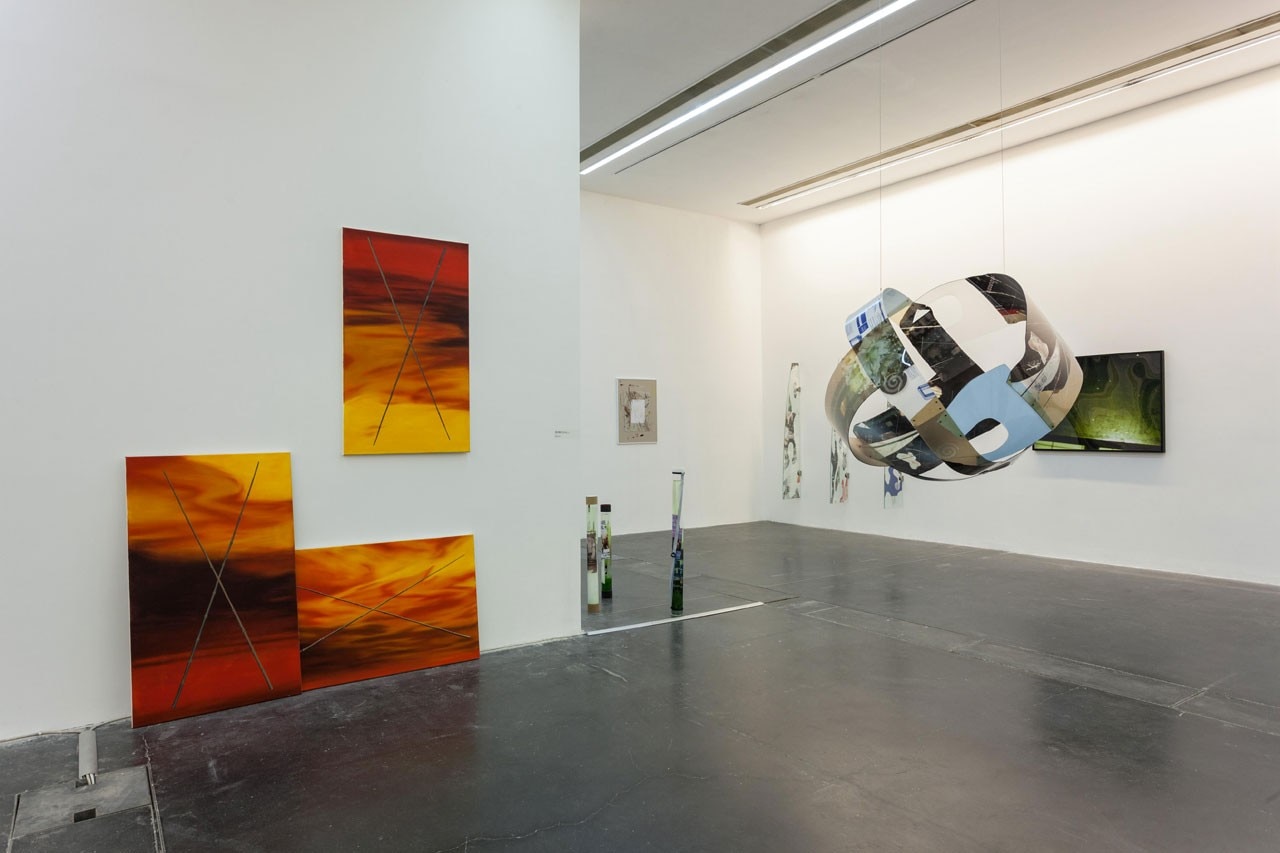
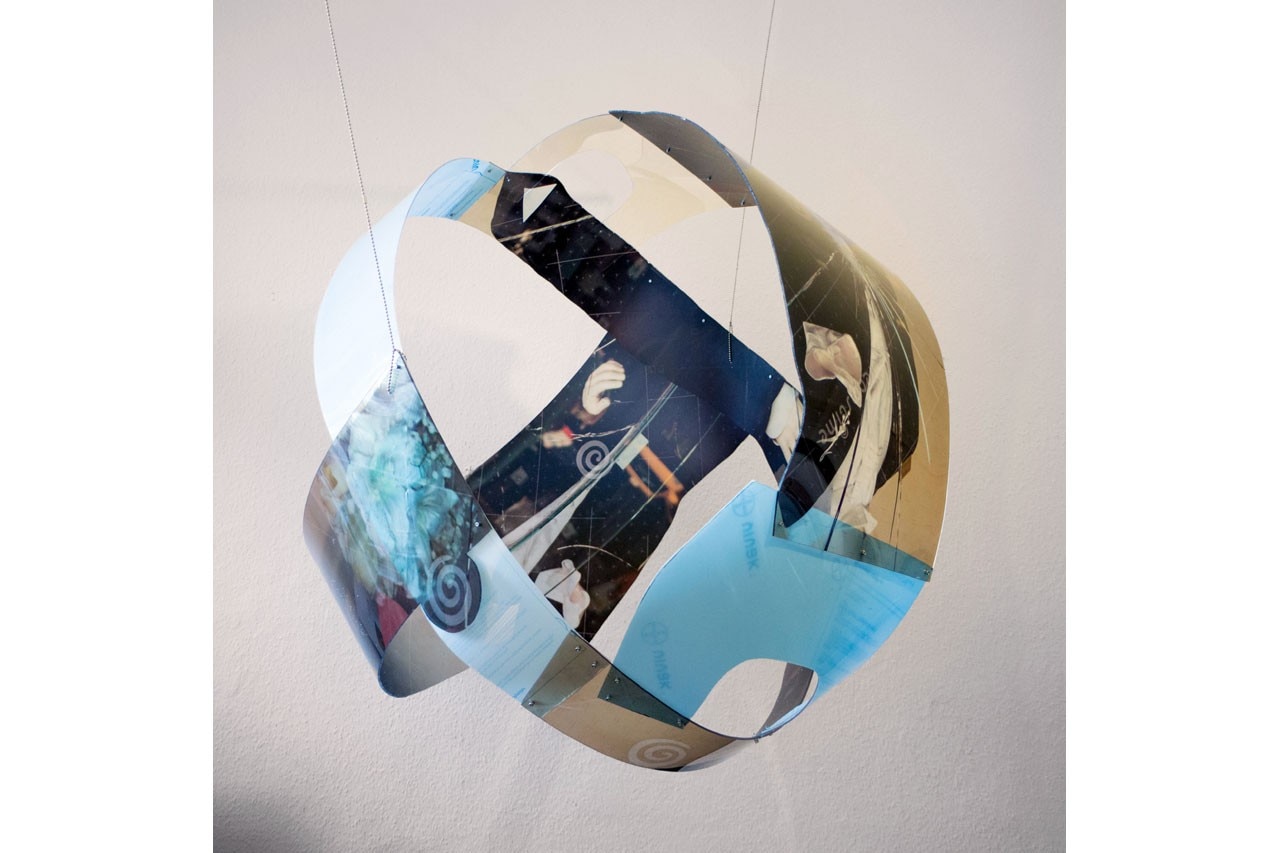
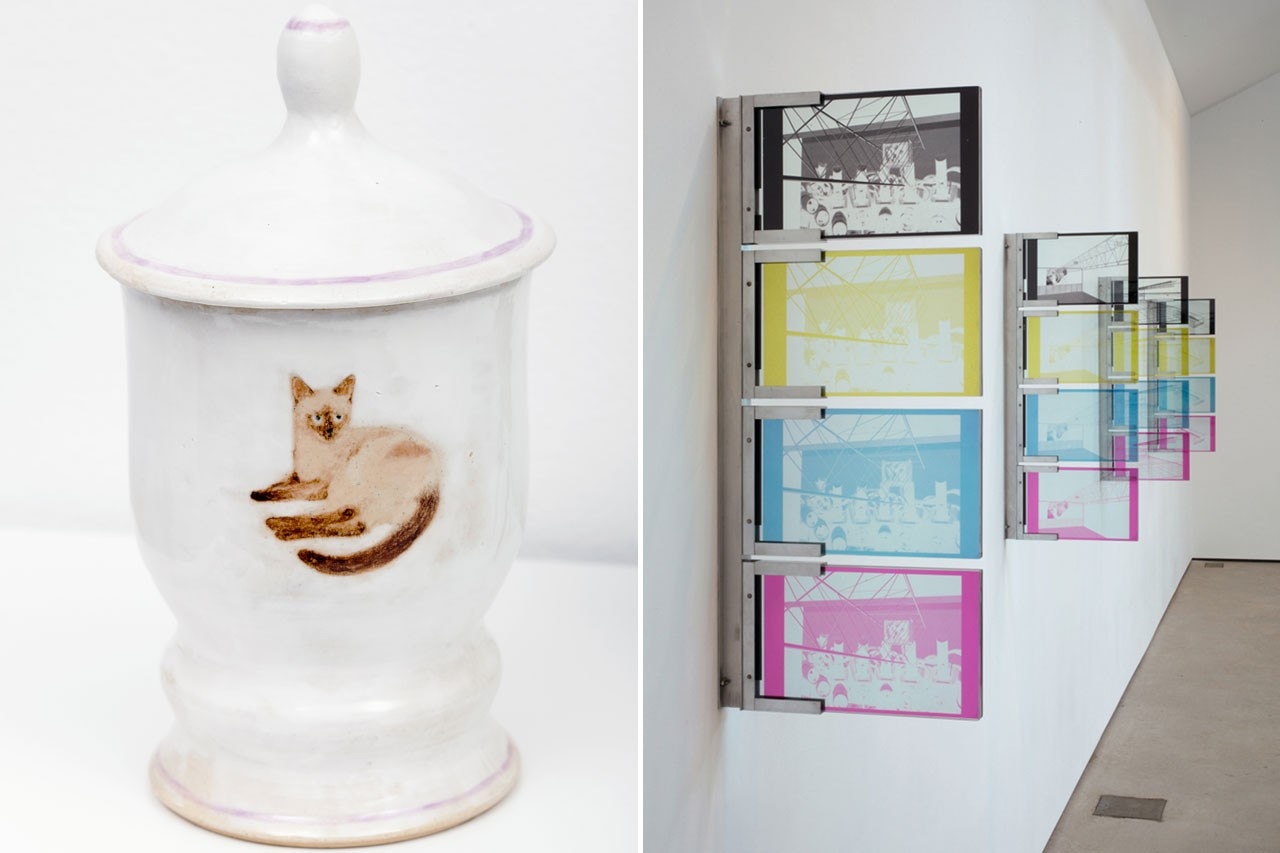
until May 11, 2015
Art Post-Internet
curated by Karen Archey and Robin Peckham
Ullens Center for Contemporary Art
798 Art District
No. 4 Jiuxianqiao Lu
Chaoyang District
Beijing, China

